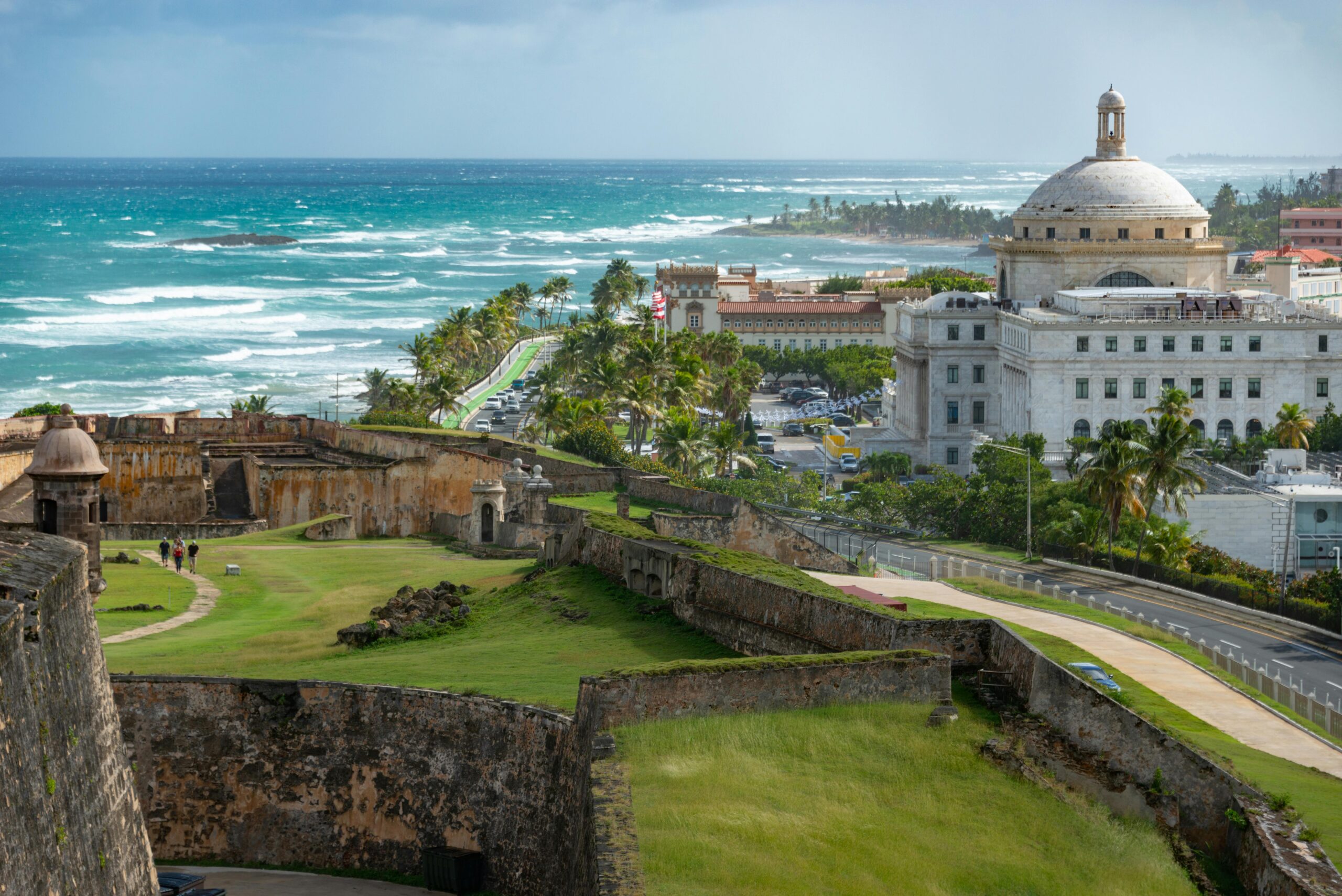Check out our ancestry reports. www.dnagenics.com
The connections between individuals through DNA can be complex and multifaceted, reflecting both direct familial relationships and broader historical and migratory patterns. Here are some of the key ways in which DNA can link individuals:
- Direct Ancestral Connections: The most straightforward DNA connection between two individuals is through direct ancestry. This occurs when one person is a direct descendant of another. Examples include:
- Parent-Child: A child inherits 50% of their DNA from each parent.
- Grandparent-Grandchild: A grandchild inherits about 25% of their DNA from each grandparent.
- Ancestors: This extends further back to great-grandparents, great-great-grandparents, etc., with the percentage of shared DNA decreasing with each generation.
- Collateral Relatives: These are relatives who are not directly in your line of descent but share a common ancestor. Examples include:
- Siblings: Full siblings share about 50% of their DNA, while half-siblings share about 25%.
- Cousins: First cousins share about 12.5% of their DNA, second cousins about 3.125%, and so on.
- Migration and Population Mixing: Over centuries, human populations have migrated and mixed, leading to shared DNA among individuals from different regions. For instance:
- Historical Migrations: People from regions with a history of invasions, colonization, or large-scale migration might share DNA segments, indicating a common ancestral population that was part of these historical movements.
- Admixture Events: When distinct populations intermingle (due to trade, war, migration, etc.), their descendants can have DNA from multiple sources. For example, many people in the Americas have mixed European, Native American, and African ancestry due to the colonial history.
- Common Ancestral Population: Individuals might share DNA because their ancestors belonged to the same population or ethnic group, even if they do not have a recent common ancestor. This is often seen in studies of ancient human history and is crucial for understanding human evolution and migration patterns.
- Identity by State (IBS): This term is used when two individuals share DNA segments that are identical by chance, not because of recent common ancestry. This can happen in populations that have been isolated and therefore have less genetic diversity.
- Shared Ancestral Homelands: People from the same geographical region often have similar DNA profiles due to a shared pool of ancestors who lived in that area over generations.
- Genetic Isolation and Founder Effects: In some cases, a small group of individuals might migrate and form a new, isolated community (a founder effect). Over time, the DNA of this group becomes distinct from their original population but very similar within the group, leading to a high degree of relatedness among current members of that group.
- Ancient Ancestral Origins: Using advanced genetic testing, individuals can trace parts of their DNA back to ancient populations, such as Neanderthals or specific hunter-gatherer tribes, which helps in understanding deep ancestral roots that predate recorded history.
In summary, DNA connections between individuals can range from close familial relationships to shared ancestry from ancient populations. These connections offer insights into not only personal family history but also the broader patterns of human migration and population dynamics throughout history.





